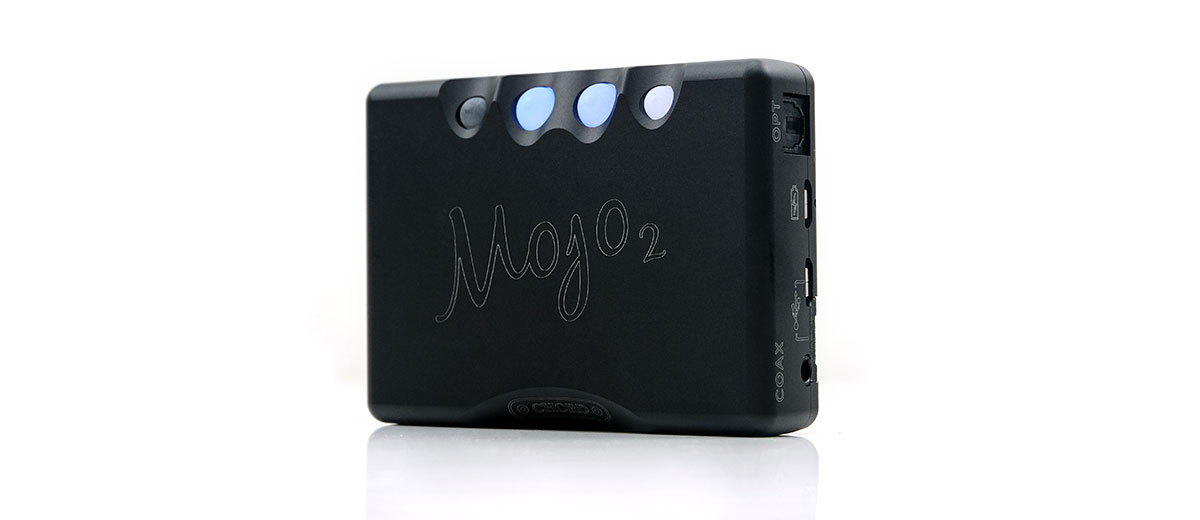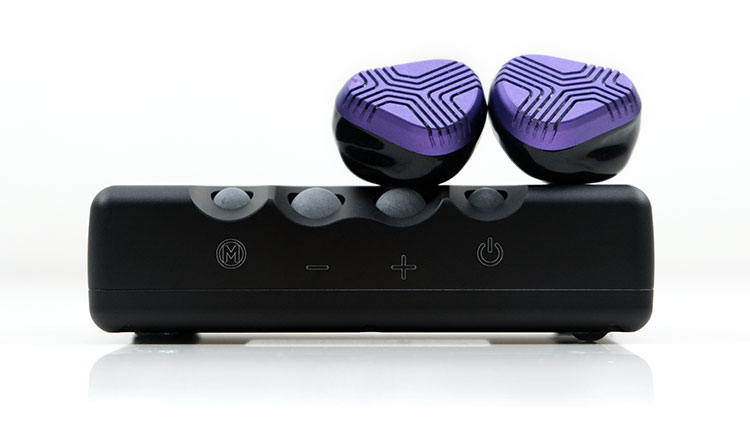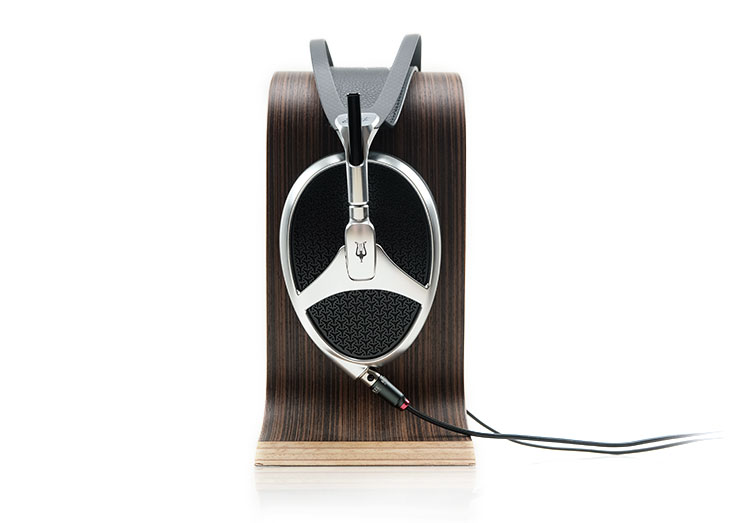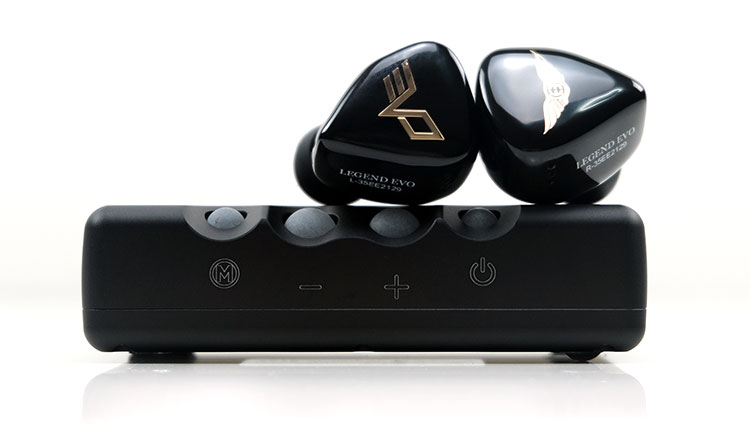Sound Impressions
Summary
The stock Mojo 2 sounds a little more neutral than the original Mojo’s relatively warm and smooth coloration. However, this cleaner tone also has a more dynamic performance, especially on the low-end, with superior instrumental separation and midrange clarity to go along with it.
However, I have to be careful to point out that the Mojo 2 sound is not a million miles away from the original. In my 2016 review, I had remarked that the Mojo output was specifically orientated toward a wider audience than the more reference like Hugo or Hugo 2 tuning.
In some ways, the same could be said for Mojo 2 with its strong and dense bass performance, authoritative instrumental presence, and natural-sounding and forward vocal imaging. All these traits make it a portable amp/DAC that gels very nicely with the majority of monitors and modern pop and rock.
However, this iteration also pulls a bit more from that Hugo reference sound but not so much that it sounds analytical. If anything, the Mojo 2 manages to combine improved accuracy with a more exciting performance than before.
You could best describe the sound as being ‘lifted’ with improved PRaT and timing on the low-end from the original. It sort of reminds me of how the TT2 sounds before and then after you hook up the M Scaler to it with upsampling set to the maximum. Everything is just that little bit clearer, vivid almost, and definitely more engaging.
A little uptick in the odd-harmonics and a blacker background also makes it really easy to pick out more nuanced note shapes or definitions. Beautifully defined bass guitar plucks on the Mojo 2 often leave the original Mojo’s equivalent sounding more one-dimensional with our tested monitors.
Timbre
There is the Mojo 2 stock timbre which I would define as natural-sounding, not as warm as the original but still a relatively dense and smooth-sounding performer. The UHD DSP timbre can be anything you want it to be and you can read more about how to use that feature further down this page.
The overall presentation is underpinned by a fairly powerful low-end, similar to the original but this time the timing and clarity have improved.
Lower register instruments have less of a wall of warmth and a lot more character and definition now with a slightly cleaner delivery with our tested monitors. That power and strong fundamental makes the Mojo 2 a great pairing for bass-heavy monitors such as our award-winning duo from 2021, the EVO, and the EXT.
Midrange and treble coloration are more accurate and less rounded than the original though still not a wholly neutral tuning. Personally, I think Chord has done an excellent job teasing out a bit more snap and bite from percussion and synth timbre but they have also resisted pushing it too hard to sound digital or bright.
Compared to the likes of the iFi Audio xDSD and the Luxury & Precision W2 the Mojo 2 upper mids percussion is a shade softer-edged and more forgiving but in return, you get a bit more body and richness from those percussion hits.
Vocal timbre is again more accurate sounding to my ear compared to the stronger euphony of the original Mojo but still fairly full-bodied and sibilant-free, especially higher register soprano vocals that are easy on the ear.
Staging & Dynamics
The Mojo 2, like the original, still has something of a bias to depth over height and absolute width for its staging. Vocals and bass fundamentals are more to the fore with plenty of energy but there is more room for lower midrange instruments to shine compared to the Mojo V1.
The power is excellent but this time it comes with more refinement, especially in the mid-bass and upper bass performance which seems to exhibit a little less bloom allowing the mids to breathe a bit more compared to the original Mojo.
There is also a natural fade on the treble presence though not as pronounced as the original and that shows in the better midrange clarity and improved timbral accuracy in higher pitching percussion notes.
The Mojo 2 also exhibits a relatively short decay but a fast transient response with BA monitors such as the Andromeda 2020.
Combined with the slight uptick in odd harmonics in note coloration this will bring in a perceived improvement in imaging accuracy and instrumental separation over the original which tended to sound comparatively smothered and softer sounding.
One final note is the effect of the UHD DSP on the general staging emphasis beyond the stock sound. You can easily shift the bias to the mids or treble through one of the 4 DSP shelves on offer. Even the stock DSP will give a subtle lift in either direction but the additional +9dB on offer can radically change how much bass or treble bias in the Mojo 2’s presentation.
Synergy
Efficiency
The Mojo 2 is much more sensitive IEM-friendly than the original. The low noise performance is excellent with monitors such as the Andromeda 2020 and the VE VE7 which is rated at 12Ω and 116dB SPL. Channel balancing on low volumes is top-notch also so there will be no issues with left or right channel bias.
However, it’s the volume control itself that prompted me to give this a sensitive IEM friendly two thumbs up. On the old Mojo, the step dB increases are quite aggressive so from zero to the first step you got an instant low volume level that never seems that gradual.
The Mojo 2 volume control range has been improved from +18 dB to -108 dB, and benefits from two distinct operational ranges: low and high volume. You now get what feels like a lower starting gain level combined with steps that are much gentler in dB increases and more precise from zero upwards.
Power
The Mojo 2’s 600mW into 30Ω is unchanged from the original and back in 2015 that was rated fairly capable output. It is still very good for a portable SE output in 2022 but for portable devices, in general, using balanced outputs, you can get a lot more power on tap for headphones.
For example, the new FiiO M17 is rated at up to 1.5W from its balanced output in battery mode, and the HiBy R8 up to 1W also going balanced. The M17 is the de facto choice for me for very inefficient headphones such as the Abyss Diana V2 and the Dan Clark Audio Stealth.
However, drill down to the single-ended performance of the M17 at 500mW into 32Ω and the HiBy R8 at 300mW and suddenly the Mojo 2 looks every bit as capable if not more so for SE.
Here, headphones with moderate loads such as the Empyrean and Elite from Meze Audio and HIFIMAN’s Ananda exhibit a very good level of dynamic range and impressive resolution. Even HIFIMAN’s high-end HE-R10P closed-back flagship, rated at 30Ω and 100dB SPL, will not sound flabby or compressed staging-wise with the Mojo 2.
UHD DSP
At first, I felt the UHD DSP might be a bit of a gimmick but after playing with it now for a few weeks I actually think it can work wonders for a lot of pairings.
The first important aspect is the lack of dB attenuation when turning on the individual DSP controls. Quite often EQ and some PMEQ will diminish volume and some dynamic range, the UHD DSP does not do that, with volume and clarity completely unaffected no matter what shelf you tweak.
The second is memory recall. This is not a linear application whereby you tweak with the bass, then switch to the mids or treble and each one turns off before you go to the next one.
No sir, the Mojo 2 retains all your tweaks right across the board meaning you can target the 4 different shelves and tweak the precise FR you want to use right across the audible range. Even if you turn off the Mojo 2 and turn it back on the memory recall still works and your previous settings are retained which is just excellent.
Combine that with the ability to fine-tune each of the 4 shelves with either a 9dB lift or a 9dB cut and you get a huge amount of potential swing in your coloration or emphasis with your desired monitor or headphone.
UHD DSP Pairings
JH Audio Jolene
For example, the JH Audio Jolene I tend to like the Bass boost dial around 3 pm to get that dynamic driver power but with the Mojo 2 that leaves the mids and treble and bit on the darker and softer side which tend to give it a fairly rounded tone.
Using the UHD DSP, I keep the sub-bass shelf dB at 0, maybe add 1-2dB on the mid-bass shelf and go for 2-3dB for the upper mids shelf, (3k). For the final HF shelf, it depends on the recording. For warmer mixes, I would push the treble shelf up by 3dB and for clean bright mixes, I would drop the same shelf by 1dB from neutral.
The resulting tweak beings a fresh emphasis on Jolene’s high-frequency spatial cues, broaden the perceived staging width and pulls back a bit on that rounded tone through the mids.
Empire Ears Legend Evo
The Empire Ears Legend EVO has a fairly relaxed treble tuning which the stock Mojo 2 tuning does well with but may not tease out a huge amount of odd-harmonic presence. The resulting tuning sounds natural but slightly soft and muted beyond 5-6k which takes a little bit of energy out of the mids with warmer mixes such as Billie Eilish’s Happier Than Ever album.
Using the UHD DSP upper-mids 3k and upper treble shelf, (up to 20k), combined with around 2-3dB in lift brings out more percussion snap and like the Jolene this heightens the perceived headroom and HF spatial clarity.
I would not recommend this setting with brighter high-energy mixes such as Client Liaison’s 2016 release, Diplomatic Immunity, which comes across as too sharp. Here, I prefer pushing up the upper mids-shelf and treble shelf by around 2dB instead and keeping the low-end shelves strictly neutral or 0dB.
Vision Ears EXT
With the VE EXT, you can almost go the opposite way with high-energy recordings to give the mids a bit more presence by dropping both the sub-bass and mid-bass shelves by 1-2dB and adding 1-2dB on the 3k upper mids shelf.
I tended to cut the upper treble shelf by 2-3dB also just to bring a bit of balance to the overall sound signature and prevent the e-static drivers come bringing too much presence to the tuning. Now you have a very balanced natural tuning with less bass dominance if that’s your bag.
Click on page 2 below for select comparisons






